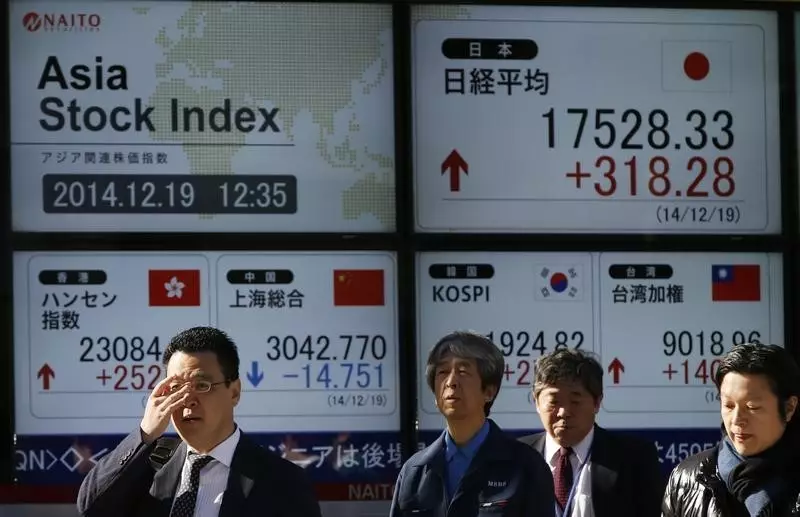In recent days, Asian stock markets have experienced a noticeable downturn, reflecting broader concerns regarding global economic stability as 2024 comes to a close. Several factors have contributed to this decline, most significantly the performance of Wall Street, where expectations for a typical year-end rally were unmet. This article provides an in-depth analysis of the current market trends in Asia, particularly focusing on Chinese manufacturing insights, regional economic indicators, and the impact of geopolitical tensions.
The performance of Chinese stocks has drawn significant attention, with the Shanghai Shenzhen CSI 300 and the Shanghai Composite indexes showing declines of 1.3% and 0.9%, respectively. A substantial factor influencing these metrics has been the data from China’s private purchasing managers’ index (PMI), which revealed a weaker-than-expected pace of manufacturing growth for December. This slowdown suggests that the efficacy of China’s recent stimulus efforts might be dwindling, causing concern among investors.
The PMI data is critical as it serves as a barometer for the health of the manufacturing sector, which has a profound impact on the overall Chinese economy. Prior government data indicating that manufacturing expanded in December, albeit at a slower rate, supports these apprehensions. Investors are now keenly awaiting further clarification regarding Beijing’s upcoming fiscal policies, particularly as rumors of increased government spending to stimulate growth have surfaced. The resilience of the manufacturing sector is vital for sustaining economic momentum, and any hint of vulnerability can lead to heightened market volatility.
Apart from China, other regional markets are also grappling with various economic concerns. Singapore’s Straits Times Index remained mostly stable, albeit reflecting underlying economic pressures. Recent reports disclosed that Singapore’s economy grew only marginally—0.1%—in the fourth quarter, a figure significantly below projections. The sluggishness primarily stems from declining export demand, particularly influenced by slow growth in its largest trading partner, China.
While Singapore experienced a commendable annual growth rate of over 4%, the quarterly performance paints a troubling picture. The resilience of its financial sector stands in stark contrast to the challenges faced by its manufacturing industry, which is struggling against a backdrop of decreasing overseas demand. Such economic discrepancies underline the interconnectedness of regional markets and reinforce the sentiment that instability in one area can have ripple effects across neighboring economies.
Political Unrest and Its Effects on Market Sentiments
Amid these economic challenges, South Korea’s stock market reflects additional layers of complexity stemming from political unrest. Following President Yoon Suk Yeol’s controversial declaration of martial law—which was later retracted—his subsequent impeachment on charges of insurrection and abuse of power has created uncertainty within the political landscape. The KOSPI index’s relative stability in the face of this unrest suggests a cautious approach by investors, reflecting the understanding that political stability is paramount for economic growth.
Political uncertainties, particularly in key Asian economies, further contribute to market apprehension. The potential for heightened tensions, such as the threat of a U.S.-China trade war, looms large. Incoming U.S. President Donald Trump’s firm stance on imposing tariffs on Chinese imports is likely to catalyze market reactions across Asia, reinforcing an environment of caution among traders.
As 2024 draws to a close, Asian markets face a myriad of challenges characterized by disappointing economic indicators, geopolitical tensions, and the looming question of fiscal policy efficacy in China. Investors are advised to remain diligent, recognizing that market fluctuations in response to these factors are not only inevitable but may also persist in the near-term. Overall, while the potential for recovery exists, the path forward will likely require a careful balancing act as each nation navigates its unique set of challenges in an increasingly interconnected global economy.

